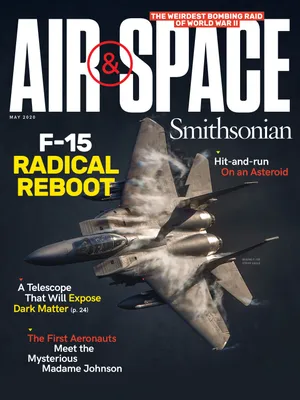Norden Bombsight
It tested more impressively than it fought, but its marketing hit the bullseye.
:focal(1205x667:1206x668)/https://tf-cmsv2-smithsonianmag-media.s3.amazonaws.com/filer/b4/14/b4141759-92d9-4785-b967-04473455e924/27a_am2020_cf003364-3_live.jpg)
Carl L. Norden’s bombsight calculated a bomb’s drop point based on the delivery aircraft’s speed, range to target, wind, and other variables, causing it to be touted during World War II (among those with the security clearance to know of it) as a miracle device that would destroy targets with pickel-barrel accuracy from 20,000 feet. The U.S. military spent $1.1 billion in 1940s dollars to build 90,000 Nordens, each one a 50-pound analog computer comprising 2,000 intricately joined parts including gyros, motors, gears, mirrors, and levers. If their aircraft were fatally hit, bombardiers were under orders to destroy the secret machine rather than allow it to be captured.
While showing great promise in daylight testing, in combat, it failed to produce notably better results than similar devices fielded by other air forces. By the time the United States entered the war, the Germans had copied Norden’s synchronous-release, gyroscopically-stabilized design thanks to a spy at Norden’s factory named Hermann Lang.
